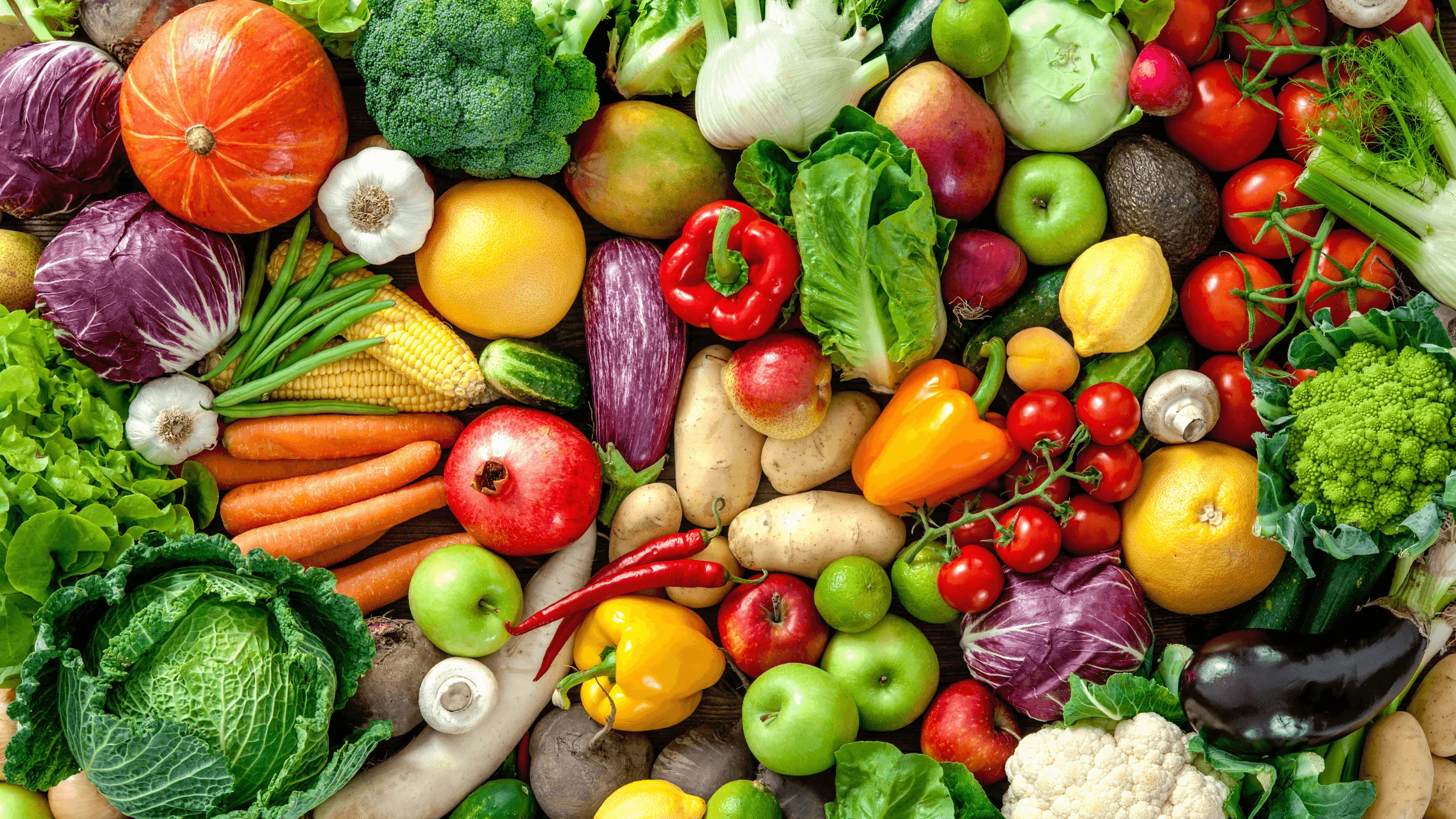Unpacking Vegetable Purity: What You Need to Know for Your Family's Health
In today's world, where food labels can be confusing and health advice overwhelming, understanding the purity of the ingredients we consume is more important than ever. When it comes to vegetables – the cornerstone of a healthy diet – what does "purity" truly mean, and how can EatSmart help you make the best choices for your family?
Why "Purity" Matters in Your Vegetables
The journey of a vegetable from farm to fork can involve many steps, and along the way, various factors can impact its "purity." This isn't just about cleanliness; it's about what the vegetable contains beyond its natural goodness.
Pesticides and Herbicides: The Unseen Residues
Conventional farming often relies on synthetic pesticides and herbicides to protect crops from pests and weeds. While regulated, residues can remain on produce. For families, especially those with young children, minimizing exposure to these chemicals is often a priority.
Genetically Modified Organisms (GMOs): A Modern Debate
Some vegetables are genetically engineered to resist pests, tolerate herbicides, or enhance nutritional profiles. While regulatory bodies deem approved GMOs safe, concerns persist among consumers about their long-term effects and impact on biodiversity.
Soil Health and Nutrient Density: The Foundation of Goodness
The quality of the soil directly influences the nutrient content of vegetables. Depleted soils can lead to less nutrient-dense produce, meaning you might need to eat more to get the same nutritional benefits.
Navigating Your Choices: Organic vs. Conventional
The most common question regarding vegetable purity is often about the choice between organic and conventional.
-
Organic Vegetables: Grown without synthetic pesticides, herbicides, GMOs, or synthetic fertilizers. They often emphasize soil health and biodiversity.
-
Benefits: Reduced exposure to synthetic chemicals, potentially higher antioxidant levels (though research varies), and often more environmentally friendly farming practices.
-
Drawbacks: Can be more expensive and sometimes less accessible.
-
-
Conventional Vegetables: Grown using modern agricultural methods, which may include synthetic inputs.
-
Benefits: Generally more affordable and widely available.
-
Drawbacks: Potential for higher pesticide residues and less emphasis on soil health.
-
EatSmart Insight: While organic is ideal for minimizing chemical exposure, consuming plenty of fruits and vegetables, whether organic or conventional, is always better than not consuming them at all. Washing produce thoroughly is crucial regardless of its origin.
Beyond Organic: Other Purity Considerations
-
Local & Seasonal: Buying local and seasonal produce often means fresher vegetables with shorter transport times, potentially preserving more nutrients. It also supports local farmers and reduces carbon footprint.
-
Integrated Pest Management (IPM): Some conventional farmers use IPM, a more sustainable approach that minimizes pesticide use by combining biological, cultural, physical, and chemical tools to manage pests.
-
Hydroponics & Aeroponics: These methods grow plants without soil, using nutrient-rich water. While they can be sustainable in terms of water use, their "purity" depends on the source of nutrients and water.
How EatSmart Empowers Your Choices
While EatSmart focuses on packaged food labels, the principles extend to your fresh produce choices. Our tool helps you understand complex ingredients and nutritional data, building your overall food literacy. This knowledge empowers you to:
-
Understand "Natural" vs. "Organic" Labels: Distinguish between marketing terms and certified standards.
-
Identify Additives: Learn about common additives that might appear in pre-packaged vegetable products (like frozen mixes or canned goods).
-
Ask Smarter Questions: Use your enhanced understanding to ask more informed questions at farmers' markets or when researching food sources.
Ultimately, EatSmart is about giving you the confidence to make informed decisions for your family's health. By understanding the nuances of food production, you can navigate the grocery aisles with clarity and ensure that every ingredient, from your fresh vegetables to your pantry staples, contributes positively to your family's well-being.
Disclaimer: This blog post provides general information and is not a substitute for professional medical or nutritional advice. Always consult with a qualified healthcare professional for personalized guidance.
